Ultra Mobile Raspberry Pi Returns With Latest Upgrades
The Next Mutation
MutantC may look like a Ultra Mobile PC (UMPC) from the mid-2000s, but at its heart lies the maker's favorite, a Raspberry Pi. As spotted by CNX Software today, the 3D printed case house an updated PCB that does away with an Arduino Pro Micro board in favor of the ESP-32.
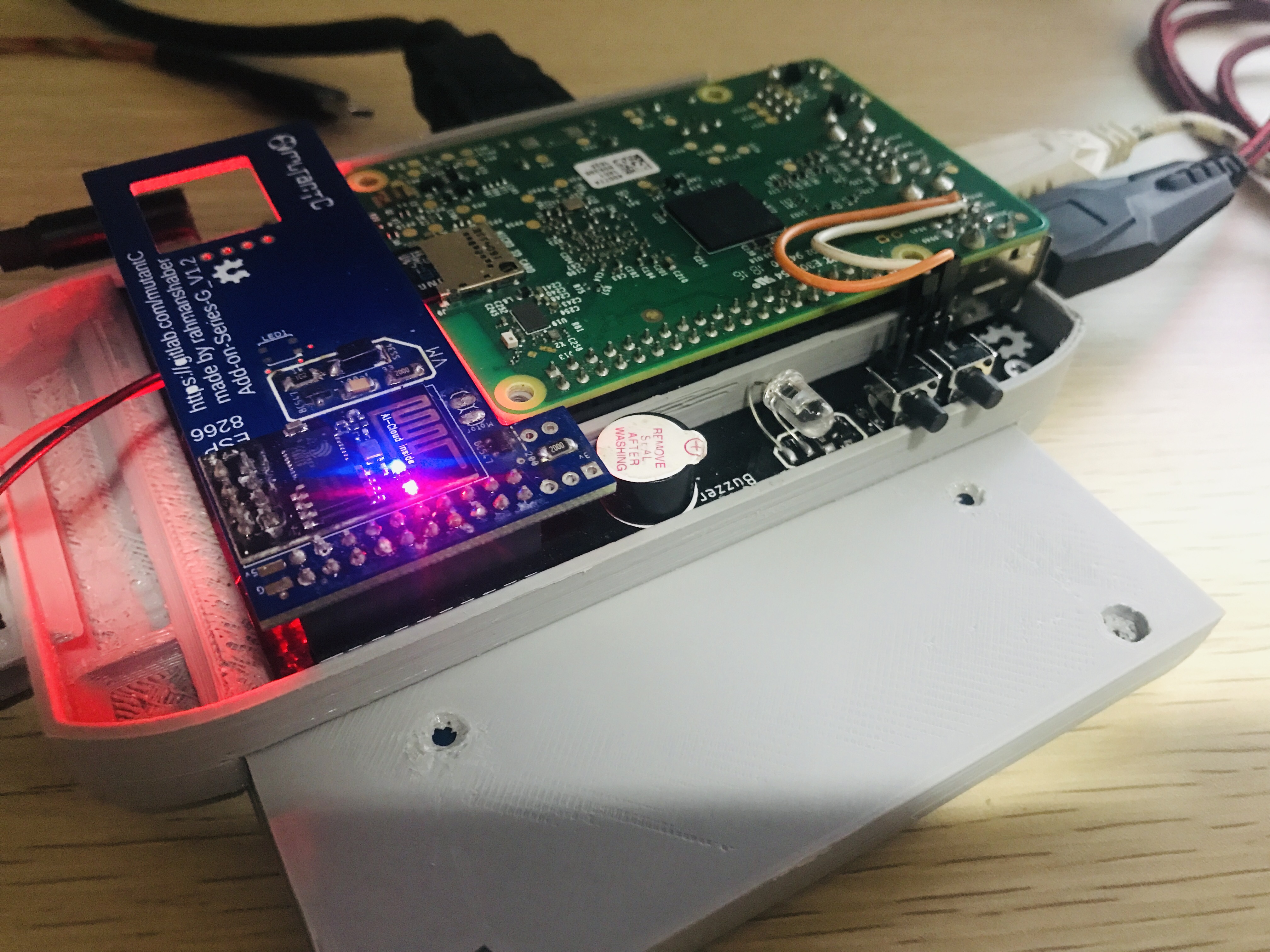
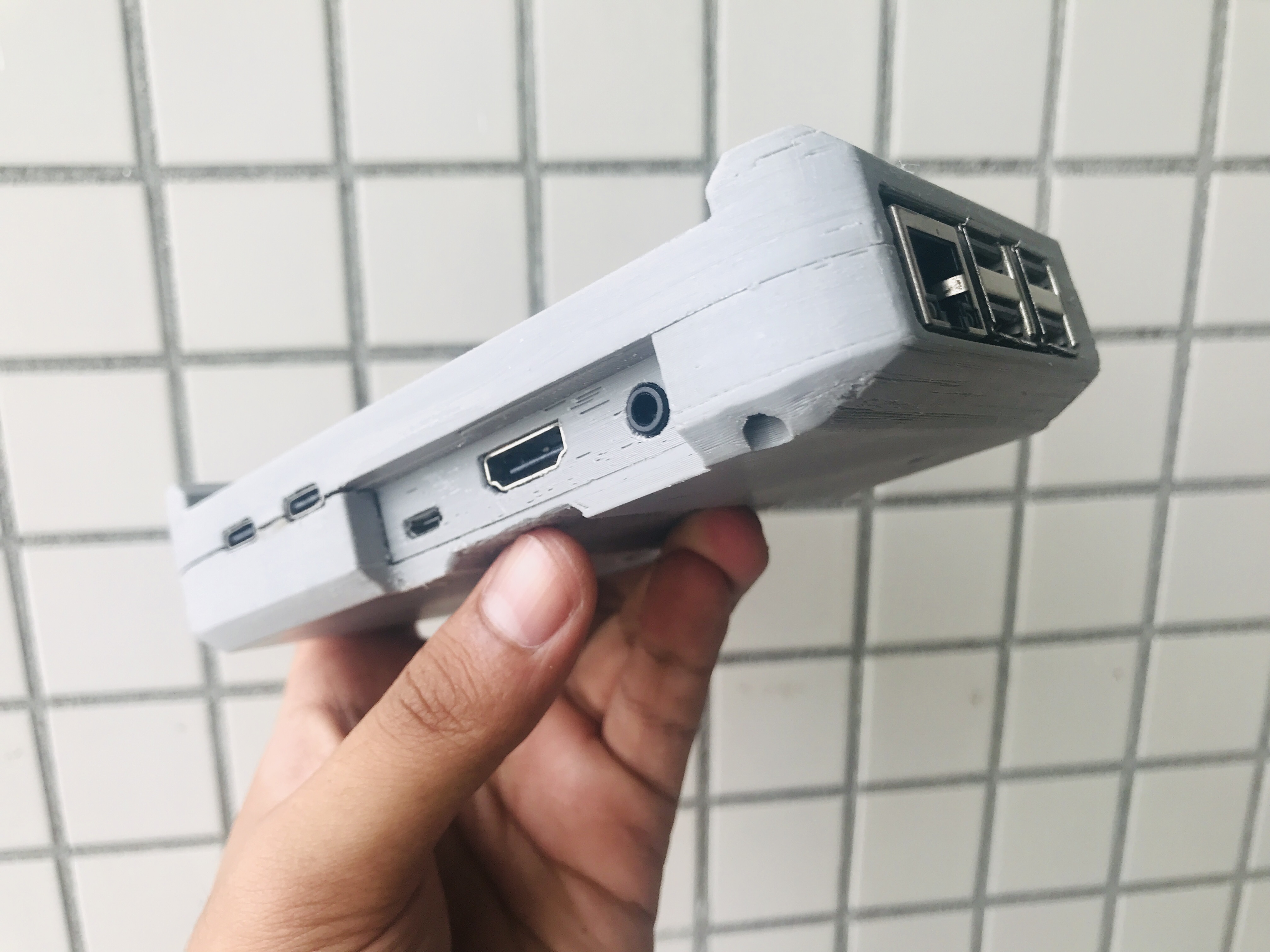
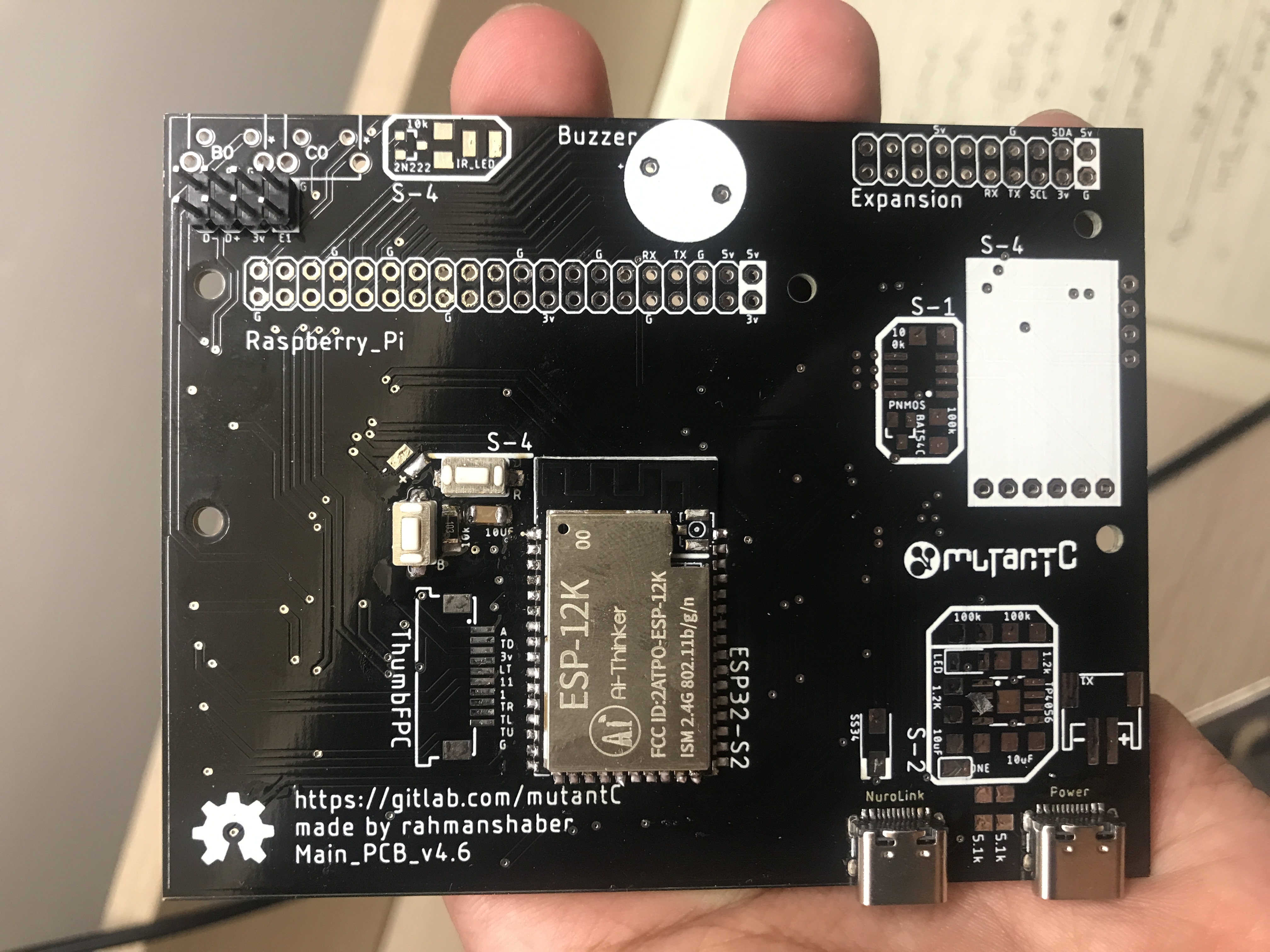

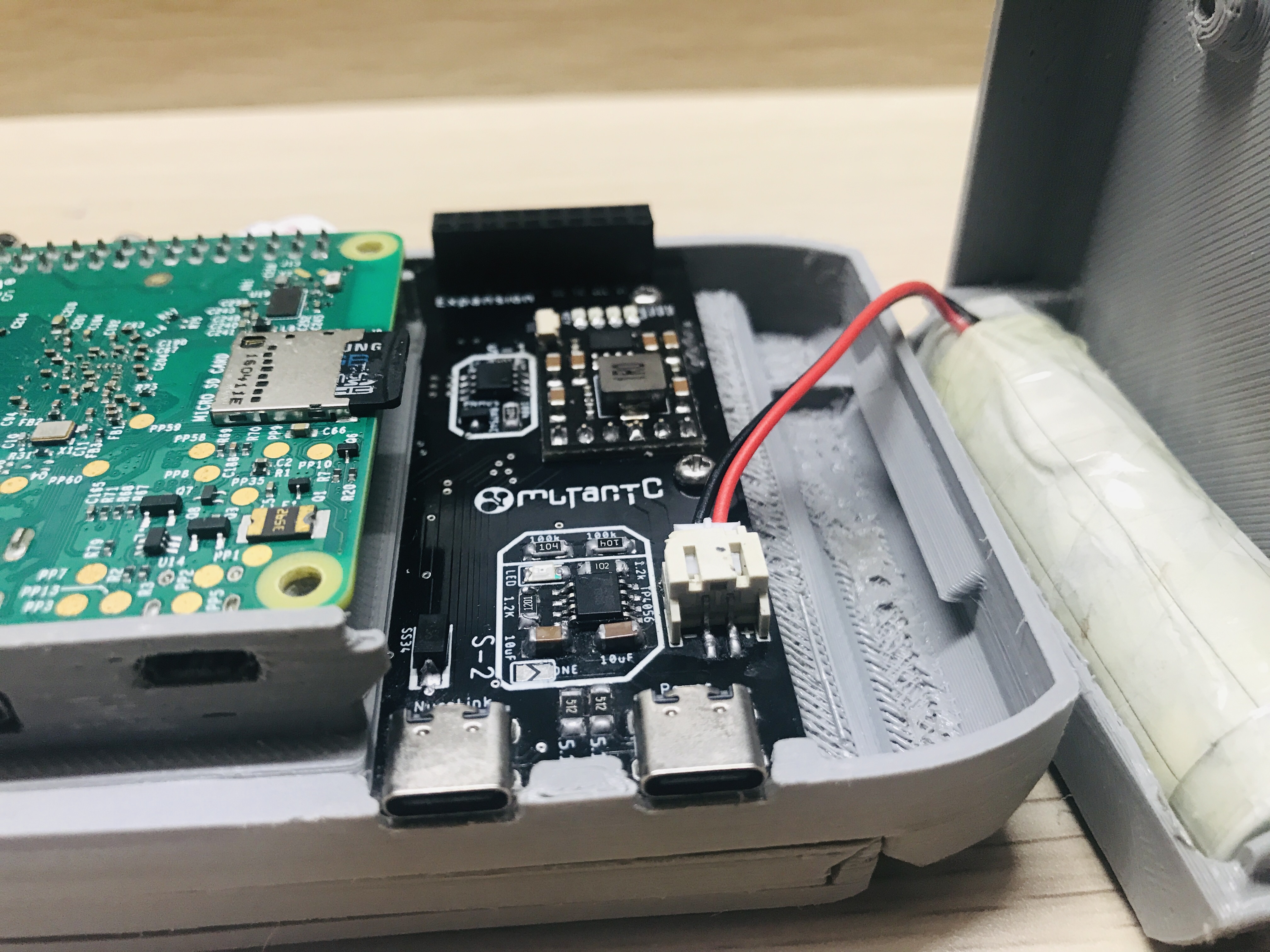
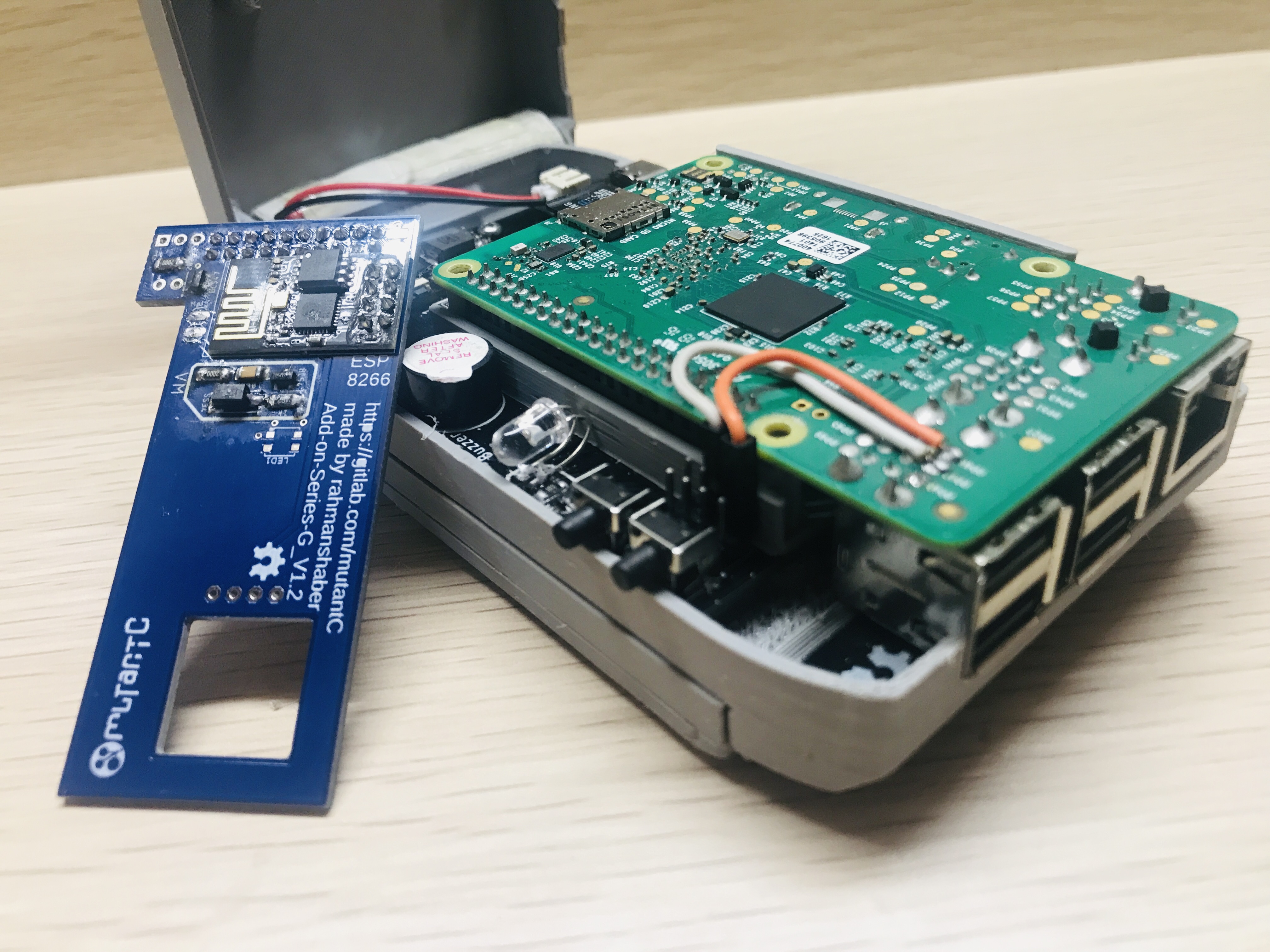
We've covered the previous iterations of this project with great intrigue. The fully 3D printed enclosure is designed for use with the Raspberry Pi Zero, 2, 3 and 4 and connects your chosen Pi to a custom PCB via the GPIO. The 56-key keyboard is directly soldered to the PCB and uses momentary switches for basic input. We wouldn't want to type out any long form copy on this keyboard, but short sessions shouldn't be too difficult. A breakout PCB provides a joystick input, which emulates a mouse.
The 3D model for this project is available via Thingiverse and has cut-outs fo common Raspberry Pi ports. The right side of the unit holds the USB and Ethernet ports, and here we see a single large cut-out. As all of the ports are broken out for use, you could use the MutantC V4 as a typical Raspberry Pi with an external keyboard, mouse and screen.
The PCB is packed full of breakouts and features. We spotted an FPC connector for the LCD screen, which can be between 2.8 and 4 inches in size. There are a few built-in sensors present on the PCB, including a BME280 pressure, temperature and humidity sensor, MPU6050 accelerometer and gyroscope and a Real Time Clock (RTC). In the center of the PCB is an ESP-12K, which is similar to the ESP-32 S2, a single-core microcontroller board with Wi-Fi. MutantC V4 isn't using this device's Wi-Fi though. Instead, the ESP-12K is there to provide extra GPIO and future possibilities.
Powering the MutantC V4 is a single 18650 battery via a boost circuit, which is claimed to offer around 8 hours of use. There are two USB-C ports on the main PCB. One is for powering MutantC V4 and charging the battery, and the other is "Nurolink," which sounds like something from Cyberpunk 2077 but in actuality is a UART and I2C breakout connector.
Speaking of breakout connectors. there is a 20-pin expansion header, located in the top corner of the board, which is of great interest as it enables the use of custom expansion boards, such as an ESP8266 breakout and a GPS module. Looking at the pinout we can see I2C, UART and 5V power, meaning those possessing the skills could fabricate their own add-on PCBs.
We're left wondering what could we see in version 5. Could the Raspberry Pi Compute Module 4 shrink the form factor while bumping the processing power? Only time will tell.
Get Tom's Hardware's best news and in-depth reviews, straight to your inbox.
More details, a build guide and a full Bill of Materials (BoM) are available on the MutantC V4 website.

Les Pounder is an associate editor at Tom's Hardware. He is a creative technologist and for seven years has created projects to educate and inspire minds both young and old. He has worked with the Raspberry Pi Foundation to write and deliver their teacher training program "Picademy".